
Teaching and learning resources for the construction industry with NVQ and Diploma Assessment Criteria
Unit 206 Construct cavity walling forming masonry structures
The aim of this unit is to provide the learner with the
knowledge and skills to construct walling to form masonry structures
The learner will:
5. know how to form openings in cavity walling.
The learner can:
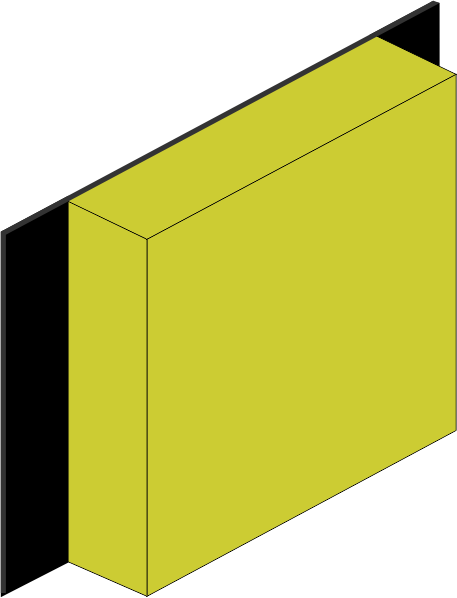
Insulated Vertical DPC
Damp Proof Courses is a type of moisture control applied to building walls and floors to prevent moisture from passing into the interior spaces.
There are modern flexible vertical D.P.C.s that have an insulation material attached to them to reduce what is known as the ‘cold bridge’ effect around a door or window frame.
This material can be easily damaged and must be handled with care.
The rolls of insulated D.P.C. can also be bulky, so you must plan where you will store them.
More frequently, no vertical D.P.C. is specified, but instead a proprietary PVC cavity closer may be used.
This has the advantage of simplifying the cuts required since no masonry closes the cavity at the jamb area.
The rigid PVC profile closes the cavity, acts as a DPC and can also be designed to include insulation material.
In addition, fixings for the door or window frame can be included in the design to make a simple-to-use multi-purpose component.
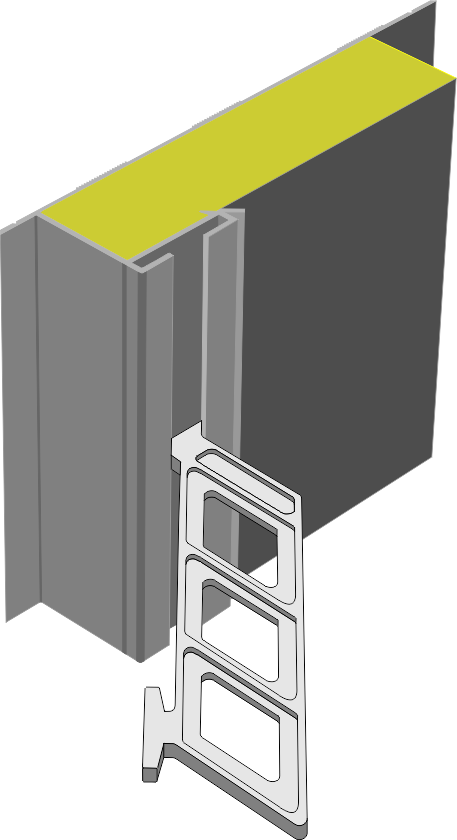
Cavity Closer
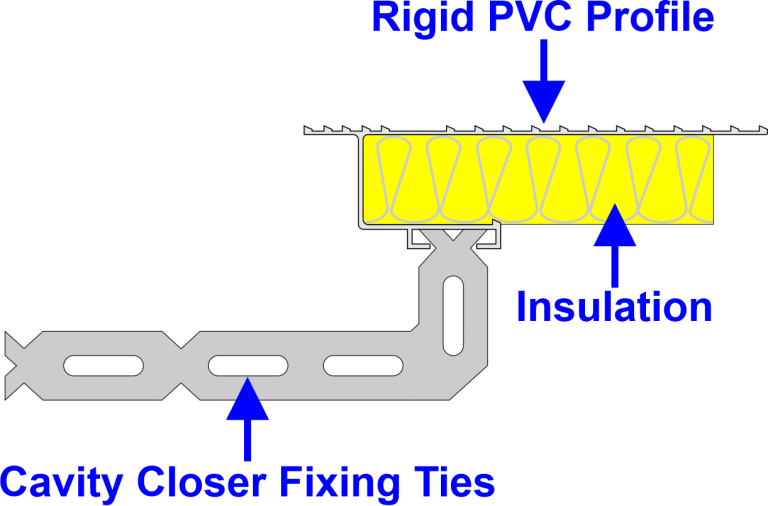
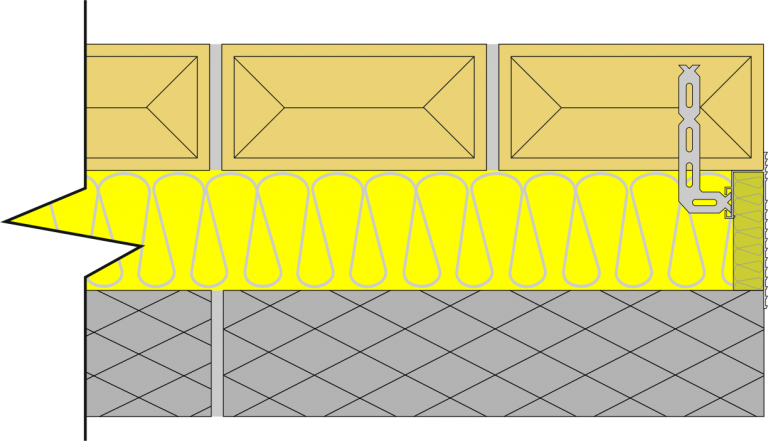
Cavity Closer
The sides of openings are called jambs, with the actual face known as the reveal.
In cavity walls, the reveals can be constructed either square or rebated.
The cavity can be closed at the opening by using a suitable frame or by returning the inner leaf towards the outer leaf.
When the inner leaf abuts the outer leaf, a vertical D.P.C. must be inserted to prevent moisture from passing through.
Note: The vertical D.P.C. should extend into the cavity to avoid mortar from bridging.
When 100mm blocks are used, the D.P.C. must be 150mm.
Flexible vertical D.P.C.s that have an insulation material attached to them to reduce what is known as `Cold Bridge` effect around a door or window frame.
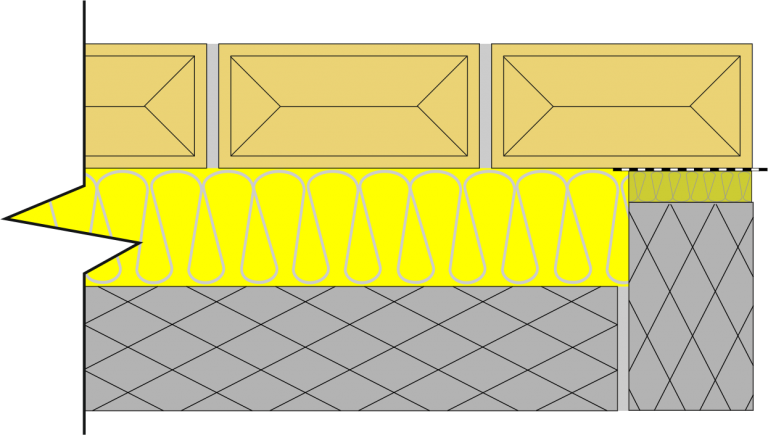
Cavity Closer
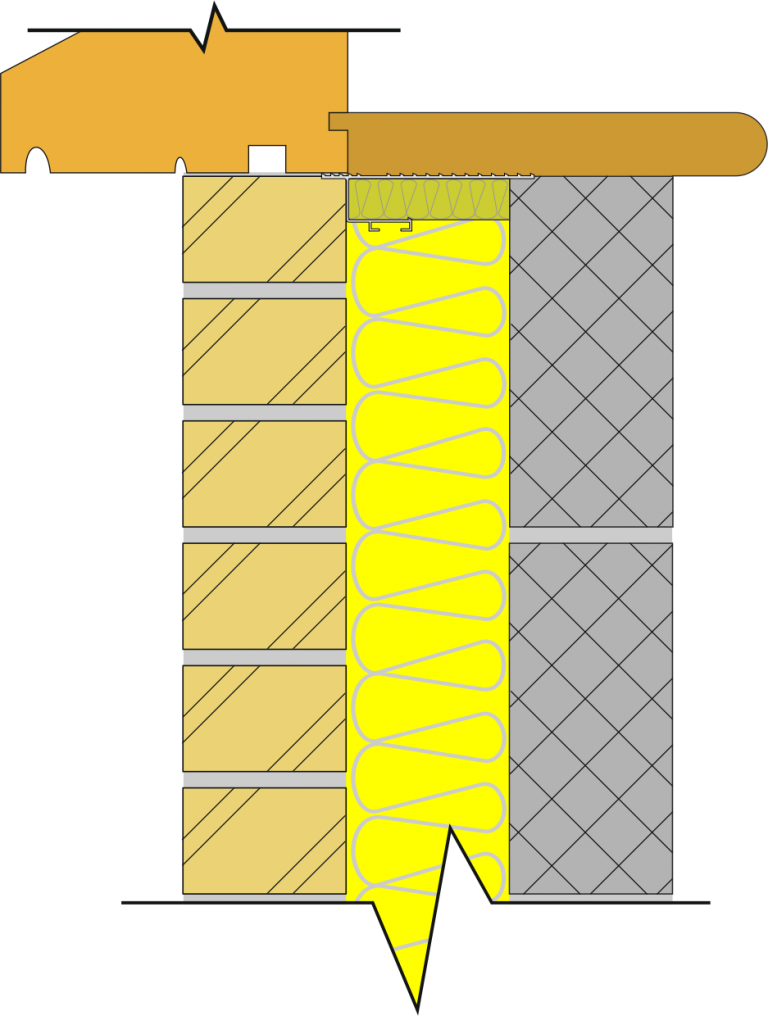
Cill Detail
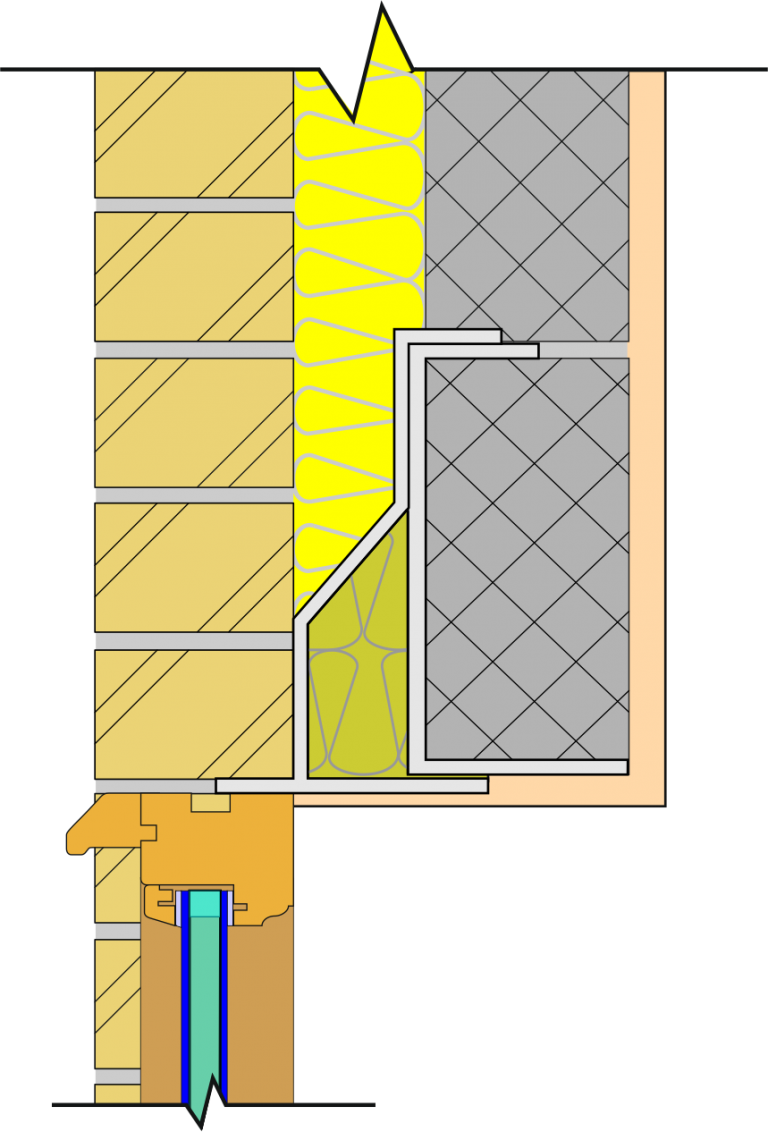
Head Detail
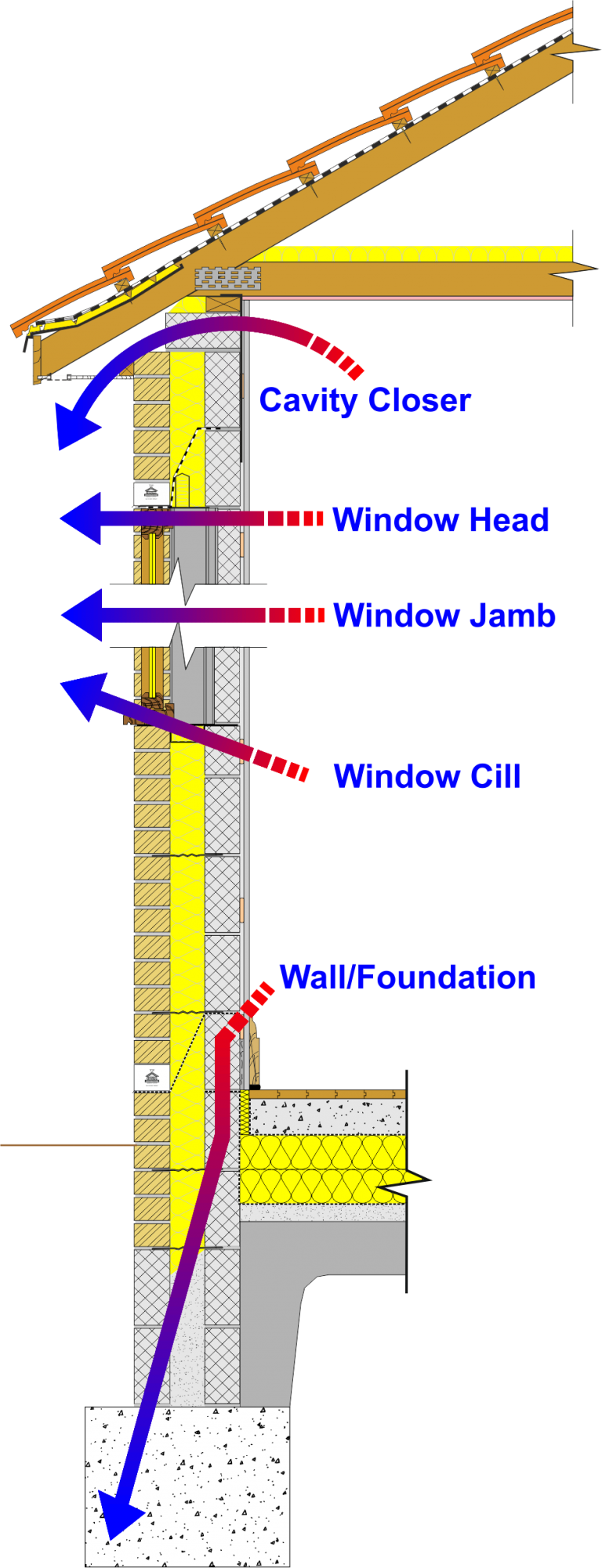
Cold Bridges through Cavity Wall
Thermal bridging occurs when there is a break or penetration in the installation especially at junctions in walls and floors, other areas like around windows and doors if not properly insulated then thermal bridging will occur.
To avoid thermal bridging bricklayers must work to a high standard keeping their cavities clean from mortar droppings and follow the manufacturer’s installation instructions.